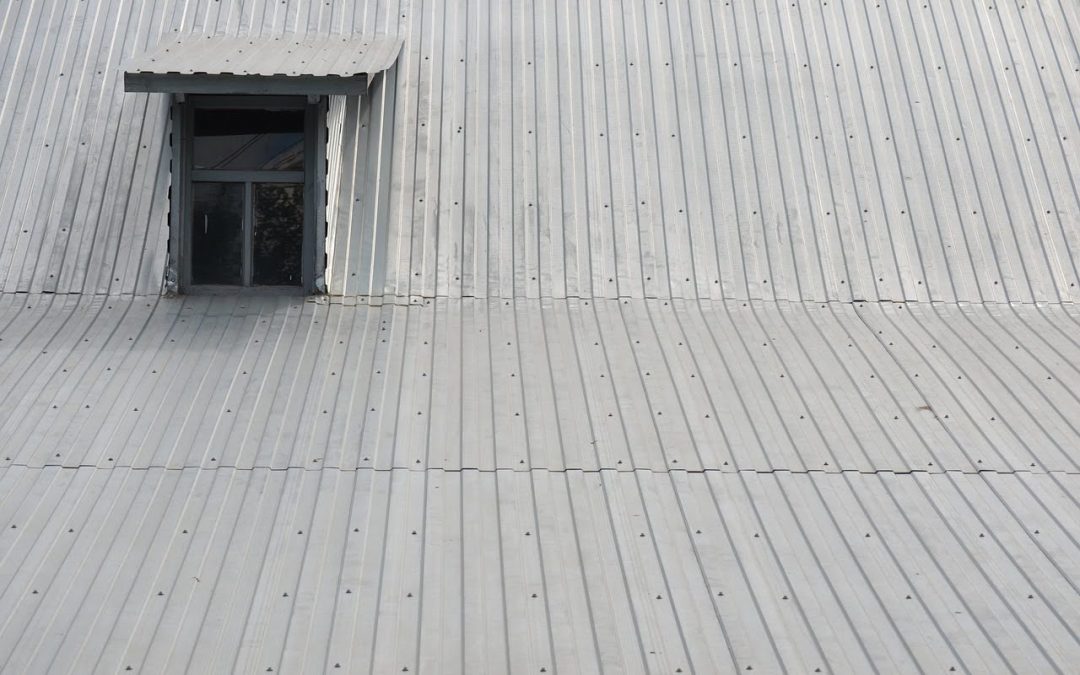Choosing the right roofing material for your home is crucial to your house’s aesthetic appeal, durability, energy efficiency, and resale value. However, picking the best roofing system can be overwhelming with so many material options in the market. In this article, we’ll explore seven factors to consider when choosing the right roofing material.
1. Climate and weather conditions
Your local climate plays a significant role in determining the best roofing material for your home. If you live in an area prone to heavy snowfall, intense sunlight, or high winds, you need a roofing material that can withstand these elements.
For areas with cold climates, materials like slate or asphalt shingles are ideal as they offer excellent insulation and durability against ice and snow. If you are a homeowner in a hot, sunny environment, consider investing in metal or lighter-colored roofs. These materials reflect sunlight, which helps cool your home. Materials like clay tiles or metal are excellent for areas that experience frequent rain.
2. Durability and longevity
Different roofing systems come with distinct life expectancies, and the material’s durability significantly impacts long-term costs. Asphalt shingles can last 20 to 30 years, while more durable options like slate and metal roofs can last 50 years or more with proper maintenance.
Invest in standing seam metal roofs if you want an eco-friendly, durable material. One of the most significant benefits of standing seam metal roofs is their superior lifespan and resistance to weather damage. They are also highly resistant to corrosion and cracking. This makes metal roofs an ideal choice if you live in an area with harsh climates.
3. Energy efficiency
The last thing you want in your home is to pay high energy bills. Consider investing in roofing materials that provide good insulation or reflect sunlight. This enables you to reduce your home’s energy consumption, especially in an area with extreme temperature fluctuations.
Metal roofs, especially light-colored ones, can reflect solar heat and keep your home cooler in the summer. Clay tiles also offer natural insulation, reducing the need for heating and cooling, while slate provides a natural barrier that regulates temperatures.
4. Aesthetic appeal
The appearance of your roofing system is critical to your home’s overall curb appeal. Opt for a material that compliments your home’s architectural style and aligns with your taste. Asphalt shingles have different colors and textures, making them a versatile option for many homes.
If you want a distinctive look, pick clay and concrete tiles, especially if you own a Mediterranean or Spanish-style home. For homeowners aiming for a sleek, modern appearance, metal roofs, especially standing seam designs, are an excellent option. They enhance the overall design of your contemporary home.
5. Maintenance requirements
When selecting a roofing material, balance durability with the level of maintenance you are willing to commit to. Roofing materials like asphalt shingles are relatively easy to repair but need regular replacement of individual shingles. Wood shakes require regular treatment to prevent mold and rot, which makes them more labor-intensive.
Metal roofs require little or no maintenance. This is because they have a smooth surface that sheds water and debris quickly, which helps in preventing common issues like moss growth. Thanks to their durability, metal roofs need fewer repairs or replacements over time. While slate is highly durable, it can be challenging to repair, necessitating a contractor’s help.
6. Cost of materials and installation
While investing in the most affordable roofing material can be tempting, consider balancing upfront costs with long-term value. For instance, asphalt shingles are some of the most affordable roofing materials. However, they require frequent replacements compared to more expensive materials like slate or metal.
While more expensive to install, standing seam metal roofs often offer significant cost savings in the long run, thanks to their durability and low maintenance. What’s more? Roofing materials like slate and standing seam metal can improve your home’s energy efficiency. This means lower utility bills over time.
7. Local building codes and regulations
Before choosing a specific roofing material, research your local building codes and regulations. Some areas may restrict the materials used based on fire resistance, weight, or sustainability. For instance, areas prone to wildfires may require homeowners to install non-combustible materials like metal or tiles. Be sure to invest in a material that complies with your local codes to avoid costly fines or the need for future replacements.
Endnote
Choosing the right roofing material for your home does not have to be overwhelming. Consider climate and weather conditions, durability and longevity, aesthetic appeal, maintenance requirements, and local building codes to pick roofing materials that enhance your home’s value.

Recent Comments